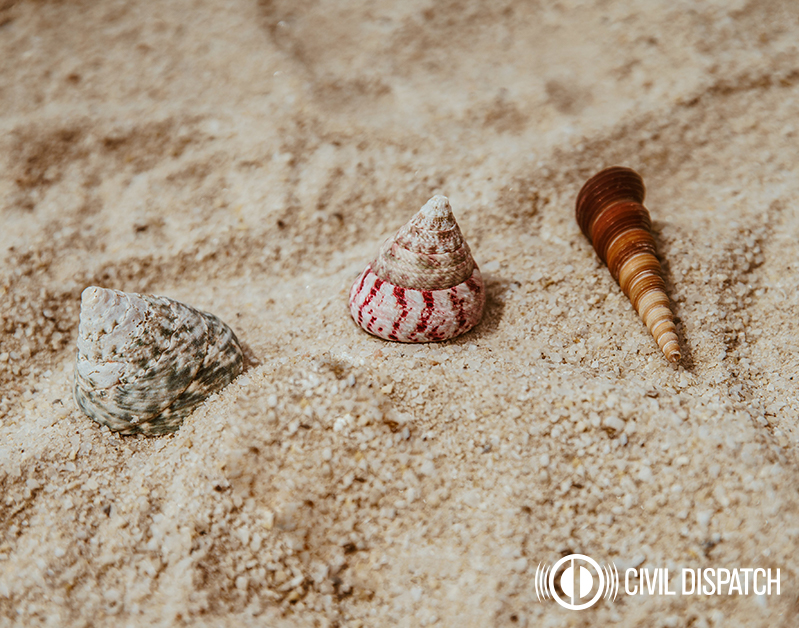
Last week the Florida Department of Health issued a warning to beachgoers along the Panhandle waterfront, informing them that “sea lice” have infested the area and outbreaks have been common.
Although most of the news articles and releases use the term “sea lice,” it is actually misleading. Also commonly known as sea bathers, the tiny sea critters are larvae of thimble jellyfish. The sea bathers are typically big enough to be seen by the human eye. However, they quickly disappear and are lost in the water, leaving surfers and swimmers unaware of their presence.
Unlike grown jellyfish, the “sea lice” don’t have a brutal sting that injures swimmers immediately. Instead, the sea lice attach to swimmers’ bodies and find their way inside swimsuits. The result is an itchy, bumpy rash and small blisters that appear up to 24 hours later. In some cases, severe sea lice reactions can induce flu-like symptoms such as fever, headache, and nausea.
Sea bathers are common in warm waters, such as the Caribbean and the Gulf Coast from April to June. Swarms invaded beaches in Pensacola, forcing lifeguards to fly purple flags to warn residents and vacationers of the pesky sea creatures
It is too early to know how bad the infestation will be and what other beaches will be affected. However, agencies such as the Carolina Beach Ocean Rescue and the National Weather Service are expecting increased jellyfish activity along the eastern shores. This also increases the possibility of sea bathers.
The report announcing the expected rise in jellyfish came on the same day that a mother claimed her three children are suffering from “sea lice” after visiting Carolina Beach in North Carolina. Caroline Roberts shared a photo of her daughter’s rash, warning that the reaction was “like chicken pox.” Roberts is treating her children with Benadryl and prescription steroids, but said they are still in pain.
Though Roberts believes that sea lice are what caused her children’s rashes, Carolina Beach authorities said they have had no official reports of sea bathers in the water and do not plan to fly their purple flags in warning.
Despite the North Carolina controversy, the initial reports of sea bathers along the coastal beaches allow for locals and vacationers to stay informed.
The Florida Department of Health released prevention tips to help protect swimmers.
How To Prevent “Sea Lice” Rashes On Your Skin
- Avoid wearing t-shirts in the ocean.
- Use a sunscreen. There is some evidence that it may protect against sea bathers.
- Girls should opt for two-piece swimsuits to reduce the surface area of swimwear that can trap larvae.
- Immediately change out of swimsuits when exiting the water and shower in warm water.
- Wash all swimwear and towels with detergent, and dry them on high heat. Don’t air-dry potentially infected swimsuits or other clothing.
Should you or a family member get a sea bathers’ rash, antihistamines and over-the-counter hydrocortisone creams are recommended for treatment. Rashes typically disappear in 2 to 3 weeks.
If you haven’t already, sign up for text messages from Civil Dispatch to get up-to-date information on threats and severe weather in your area!